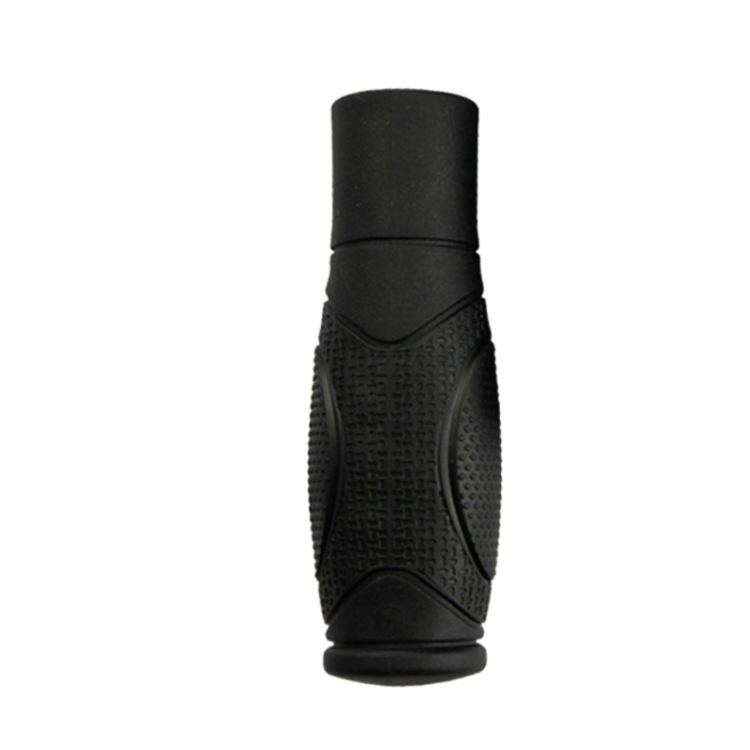Title: How to Handle Leather Mold
Leather mold is a common problem that can affect the appearance and quality of leather products. It is caused by a combination of moisture, heat, and bacteria. To handle leather mold, you should first identify the affected area and then use a suitable cleaning agent to remove the mold. After cleaning, you should let the leather dry completely before using it again. To prevent future occurrences of leather mold, it is important to keep your leather products clean and dry at all times. Additionally, you should also ensure that the environment in which you store your leather products is also clean and dry.
Leather mold is a common issue that can affect the appearance and performance of your favorite leather products. Whether it’s a pair of shoes, a handbag, or a piece of furniture, mold can cause significant damage if not treated properly. In this article, we’ll discuss the causes of leather mold, how to identify it, and provide some tips on how to remove it effectively.
Causes of Leather Mold
Leather mold is typically caused by a combination of factors, including moisture, heat, and lack of ventilation. When leather becomes wet, it provides an ideal environment for mold spores to grow and multiply. The heat and lack of ventilation can further contribute to the problem by providing more favorable conditions for mold growth.
Identifying Leather Mold

Leather mold can be identified by several signs. The first and most obvious sign is the presence of mold spots on the surface of the leather. These spots are often dark in color and can take on a variety of shapes and sizes. Additionally, you may also notice a musty or unpleasant odor coming from the leather product. This is often a tell-tale sign of mold growth.
Removing Leather Mold
Removing leather mold can be a challenging task, but with the right tools and techniques, it can be done effectively. The first step is to identify the source of the moisture that is causing the mold growth. This may involve inspecting the leather product for any signs of damage or leaks. Once the source of moisture has been identified and resolved, you can begin the process of removing the mold.
There are several methods for removing leather mold, each with its own set of pros and cons. One common method is to use a solution of water and vinegar to clean the affected area. This solution has been found to be effective in killing mold spores and removing stains. However, it is important to note that vinegar can also damage the leather if not used properly. Therefore, it is recommended to test a small area first to ensure that it won’t affect the color or texture of your leather product.
Another method for removing leather mold is to use a commercial mold cleaner specifically designed for leather surfaces. These cleaners are usually safe for use on leather and will not damage it. However, it is important to read the instructions carefully before using any commercial cleaner to ensure that it is suitable for your particular leather product.

Finally, if the mold problem is severe or you are unsure how to proceed, it may be best to seek professional help from a leather care specialist or similar professional. They will be able to provide you with advice and guidance on how to remove the mold effectively and restore your leather product to its original condition.
Prevention of Leather Mold
Once you have removed the mold from your leather product, it is important to take steps to prevent it from recurring in the future. This includes keeping the leather surface clean and dry at all times, avoiding exposure to moisture or damp environments, and providing adequate ventilation in the storage area. Additionally, you may want to consider using a leather conditioner or protector to help improve the resistance of your leather product to mold growth.
In conclusion, leather mold can be a frustrating issue to deal with, but with the right knowledge and tools, it can be effectively removed and prevented from recurring in the future. By following the advice provided in this article, you should be able to keep your favorite leather products looking and performing their best for years to come.
Articles related to the knowledge points of this article:
The rise of down brand in the era of globalization
Title: Untying a Tie: A Comprehensive Guide to Tying a Tie Correctly



